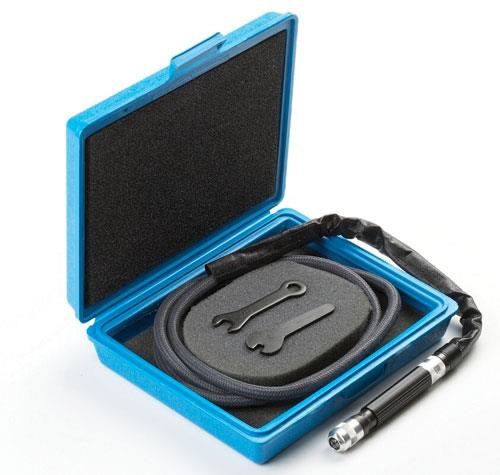Throwback Thursday: Best Practices for Surface Finishing
Surface finishing is as critical an aspect of building a mold as the design, so a review of some best practices is always a good idea.

A hand grinder is the finisher's basic tool for light metal removal.
Surface finishing is as critical an aspect of building a mold as the design, so a review of some best practices is always a good idea.
Over the years, I’ve come to learn the importance of attaining and maintaining surface finishes on molds by listening to those who have mastered the craft. It can take years to learn the art of surface finishing; and yes, it is still considered an art today. It’s logical that surface finish has a direct bearing on many things that can make or break the performance of a mold, such as texture of a part, release of a part, protection of a mold’s surface from abrasive plastic materials, and so on.
In this week’s Throwback Thursday article, which was published in MMT’s January 2011 issue, the steps required to establish a proper surface finish on a mold are discussed, including basic tips and techniques for the less experienced. Even if you don’t have in-house surface finishing at your company, it’s beneficial to learn something about it so that when you are dealing with a vendor you have some idea of what your molds need early in the mold build process and can arrange for the service in a timelier manner.
Begin your orientation on surface finishing here.
Related Content
-
Questions and Considerations Before Sending Your Mold Out for Service
Communication is essential for proper polishing, hot runner manifold cleaning, mold repair, laser engraving and laser welding services.
-
Think Safety: Eliminate Hazards Throughout the Shop
The tooling community is taking advantage of new products for safer mold shops and molding facilities.
-
Hands-on Workshop Teaches Mold Maintenance Process
Intensive workshop teaches the process of mold maintenance to help put an end to the firefighting culture of many toolrooms.











.jpg;maxWidth=300;quality=90)



